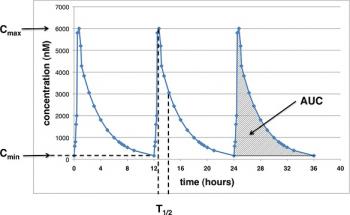Pharmacology and toxicology are two fields of science which are related to one another and consider the effect of chemicals in the body. Simply put, pharmacology is the study of drugs. The study of toxicology analyzes the effect of chemicals in the body and deals with understanding their adverse effects.
When a drug is taken, it is used to relieve a certain pain through its desired effects. However, in addition to producing desired effects, drugs also produce side-effects, some which are strong and unwanted. All drugs have adverse effects, but the extent of these effects is influenced by multiple factors. For example, this may depend on the dose of the drug taken, genetics, the disease state of an individual or age.
Toxicity can result when too much of a drug is taken. However, toxicity is difficult to predict and does not usually happen too often. The difficulty with toxicity is that it can’t always be detected in animal subjects. For example, rats being tested on cannot communicate that they have a headache or are feeling depressed due to the effect of a drug. Furthermore, the toxic effects of drugs may take years to realize.
In pharmacology, to deal with toxicity the therapeutic index is a method used for assessing the safety of a drug. The therapeutic index is represented as TD50/ED50:
TD50 = the dose of a drug required to cause a toxic effect in at least 50% of subjects.
ED50 = the dose of a drug which is effective in at least 50% of the subjects.
For example, a drug with a therapeutic index of 300:1 is considered safer than a drug with an index of 3:1. Overall, toxicology is a topic which is interlinked with pharmacology because it is important to understand the potential toxic effects related with drugs before they are administered.
© BrainMass Inc. brainmass.com June 30, 2024, 9:25 am ad1c9bdddf
